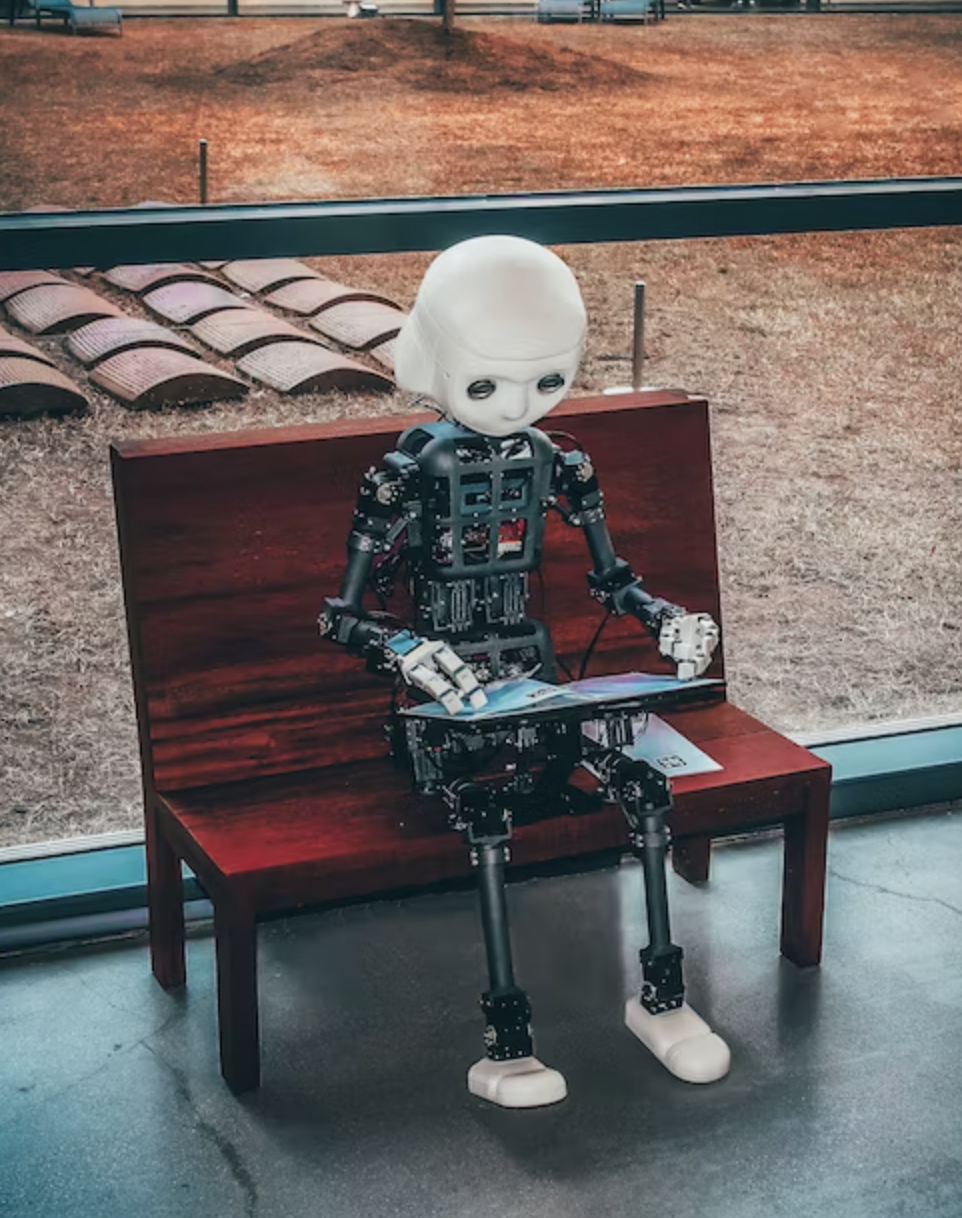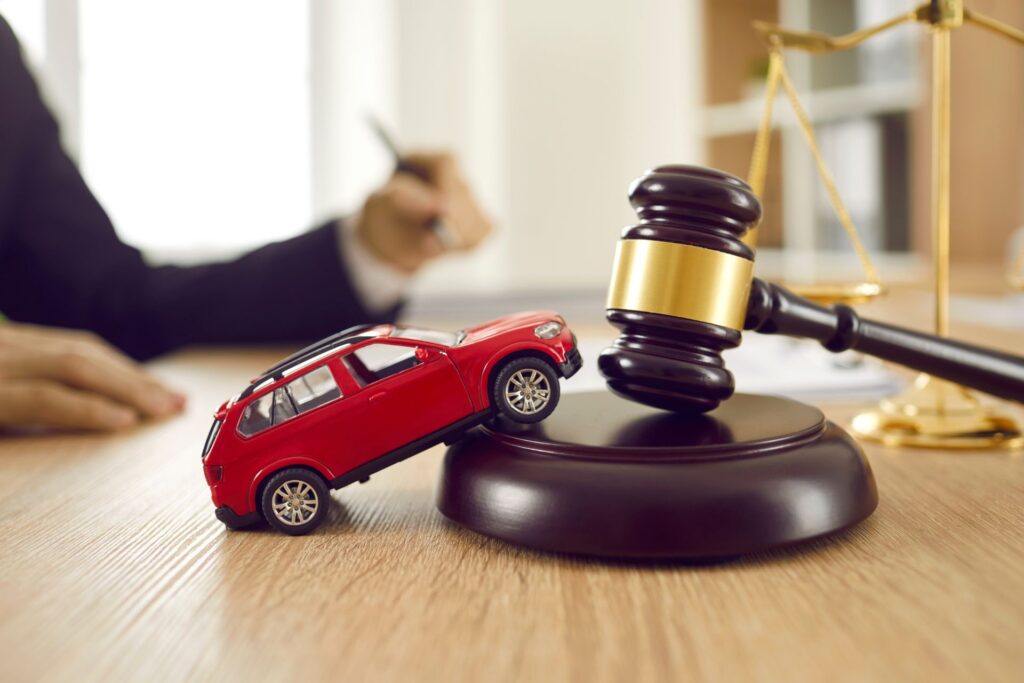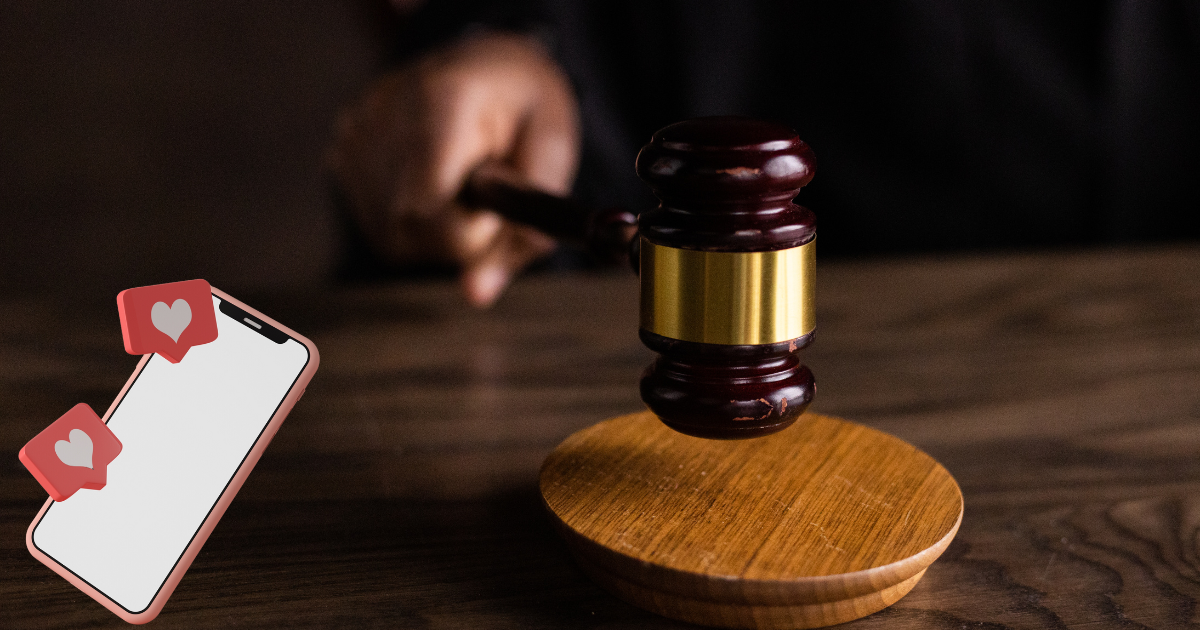Now Reading: The Important Role of Technology in Personal Injury Claims
-
01
The Important Role of Technology in Personal Injury Claims

The Important Role of Technology in Personal Injury Claims
According to the latest figures, 39.5 million personal injury cases result in the need for medical treatment in the US every year. However, when seeking compensation for these injuries only a small percentage of these cases go to trial.
While the vast majority of personal injury cases are litigated out of court ending in an offer being made and accepted, this settlement system does not always ensure a fair outcome. There is often an imbalance of power between the parties involved and the defendant’s insurance company, in an effort to limit their liability, exerts significant pressure on the plaintiff, causing them to accept a figure that does not accurately reflect the harm they suffered and their total damages.
One of the ways justice can be better served in personal injury cases is through the use of technology. This article will explore this theme in more detail below.
Gathering Evidence
Technology can help a plaintiff and their personal injury lawyer gather various evidence that can support their case. For example, the use of drones can help to capture aerial images of an accident scene offering vital clues and information from the debris, skid marks, and other evidence which can then be used for accurately assessing the cause of the accident. Drone technology is particularly useful for shedding light on dangerous accident scenes, providing valuable information that would otherwise be unavailable to a plaintiff and their legal team. Once collected, this evidence can be securely stored in virtual data rooms, ensuring organized access for legal teams while maintaining confidentiality.
Computer Simulations
Accident reconstruction through computer simulation provides attorneys with a highly accurate and scientifically-backed representation of the accident bringing greater credibility to their case. This technology is frequently used in auto accident cases where factors such as speed, impact severity, and event data recorder (EDR) information are used to reconstruct the accident. By reconstructing how the accident happened, liability can also be attributed with greater precision. This can help to ensure fairer negotiations during settlement proceedings.
Effective Communication
Technology can make the communication process between key parties to a personal injury claim easier. Whether it’s correspondence between the client and their lawyer or the exchanging of key documents with expert witnesses, or other members of the legal team, technology allows for a fast and efficient means of collaboration and communication where everyone is kept up-to-date and on the same page.
Predicting Outcomes
AI algorithms can allow personal injury lawyers to assess the probability of a case reaching a fair settlement, enabling them to determine whether it is worth pursuing or not. By analyzing previous cases and their outcomes, AI can predict the likelihood of a client’s case succeeding, helping them to set realistic expectations.
If a client is taken on, AI can help personal injury lawyers build a strong case by analyzing large volumes of data on prior cases that resemble their clients’ situations and constructing their arguments accordingly. This predictive analysis can also be useful in helping lawyers assess the likely payout their client receives, allowing prospective clients to make an informed decision as to whether or not to pursue their claim.
Technology plays a vital role in various aspects of a personal injury case and can help ensure a more equitable outcome for injured parties.









